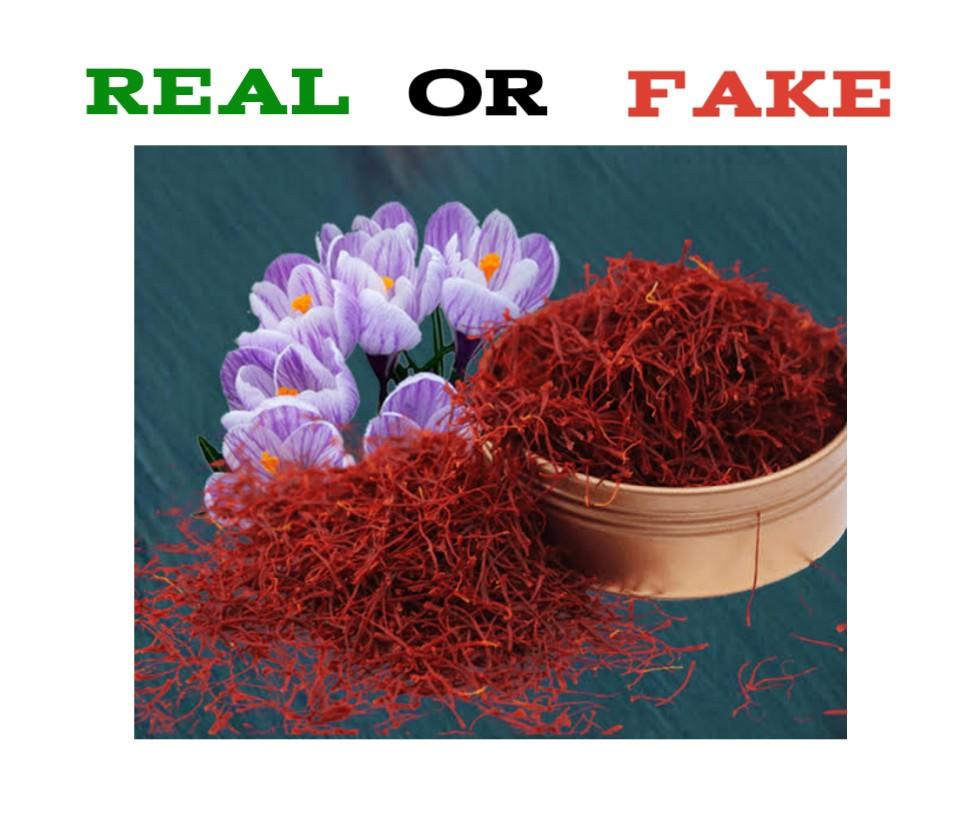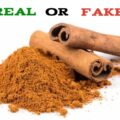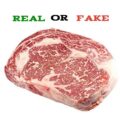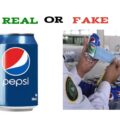Saffron also known as kesar is a spice from the Crocus sativus flower, which is a cousin of the lily. The saffron derives from the stigma and styles called threads within the flower itself. Saffron is very expensive due to the difficulty of harvesting it. Farmers must harvest the delicate threads from each flower by hand. They then heat and cure the threads to bring out the flavor of the saffron. This extra labor makes saffron one of the most expensive spices in the world. This explains why buyers take a good time to learn how to identify good saffron.
What are the Health Benefits of Saffron?
- Protects against cancer: Saffron contains a dark orange, water soluble carotene called crocin, which is responsible for much of saffron’s golden color. Crocin has been found to trigger apoptosis [ programmed cell death] in a number of different types of human cancer cells, leukemia, ovarian carcinoma, colon adenocarcinoma, and soft tissue sarcoma. Researchers in Mexico who have been studying saffron extract have discovered that saffron and its active components display an ability to inhibit human malignant cells. Not only does the spice inhibit cells that have become cancerous, but it has no such effect on normal cells and actually stimulates their formation and that of lymphocytes [immune cells that help destroy cancer cells].
- Promotes learning and memory retention: Recent studies have also demonstrated that saffron extract, specifically its crocin, is useful in the treatment of age related mental impairment. In Japan, saffron is encapsulated and used in the treatment of Parkinson’s disease, memory loss, and inflammation.
- In delayed puberty: In underdeveloped girls, saffron has an overall stimulant effect. A pinch of saffron crushed in a tablespoon of milk is useful to stimulate hormones and bring about the desired effect.
- To increase vitality: In low libido, saffron aids as a sexual stimulant and can be consumed in a dose of a pinch in a glass of milk at bedtime.
- In patchy baldness: Saffron mixed in liquorice and milk makes an effective topical application to induce hair growth in alopecia.
- Protection against cold: Saffron is a stimulant tonic and very effective to treat cold and fever; saffron mixed in milk and applied over the forehead quickly relieves cold.
- Food Additives: Saffron is an excellent replacement for synthetic food additives- for eg: instead of FD and C yellow no 5: a synthetic food coloring agent that is a very common allergy trigger, Saffron’s glorious yellow could be an acceptable hypoallergenic choice.
How To Tell If Saffron Is Real Vs Fake
Here is how to test saffron quality to identify real or pure saffron from fakes
Smell – Many authorities describe the smell of saffron as sweet. I would say it reminds me of paella – a distinctive smell that is not entirely sweet. Rather, I find it both sweet and husky. It is no surprise that saffron brings paella to mind. One saffron producer describes the aroma of real saffron as “a blend of earth, tobacco, vanilla, honey, salty sweet.”
Appearance – Saffron threads are trumpet-shaped. If a thread does not bulge at one end, it’s a fake. If you rub real saffron between your fingers, your skin will turn yellow/orange.
Taste – While saffron smells sweet, it tastes slightly bitter, not sweet.
Time for color release in water – Put the threads in a small container of tepid water. Wait at least 15 minutes. Real saffron slowly turns the water yellow. The color change may take up to an hour. The saffron threads themselves retain their red color. If the water changes color immediately or turns red, or does not change color, or if the threads lose their color, the substance is not saffron.
How it reacts in baking soda – I haven’t tried this, but several authorities suggest mixing saffron and baking soda in a small container, then pouring water over the mixture. If it turns yellow, the substance is real saffron.
Price – If it is not too expensive, there’s a good chance it is not real saffron. As my mother taught me, if it seems too good to be true, then it probably is (too good to be true.) I should have doubted the Hungarian substance from the beginning, just based on this price test. READ: How To Spot A Fake Cinnamon Vs Real Cinnamon






